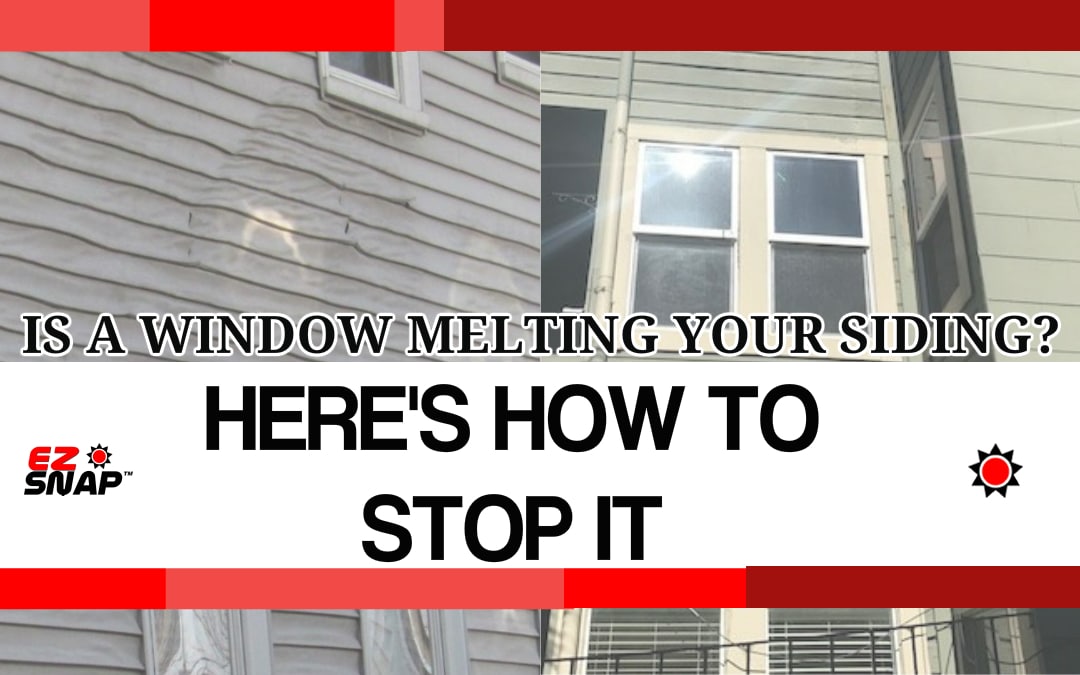The media relations manager pointed kdka s meghan schiller to research showing the focused rays can reach 200 degrees.
What degree will vinyl siding melt.
If the heated light shines on vinyl walls it s surprisingly easy for this melting to happen.
Also to note darker colors absorb more heat and can soften before lighter colors of siding.
It doesn t matter if it is a 100 000 home or a 900 000 home.
According to the vinyl siding institute most vinyl cladding has a melting point of only around 160 to 165 degrees fahrenheit.
Something strange is happening in newer subdivisions across the country.
Higher end vinyl siding is worth the investment if the.
In fact the vinyl siding melting point is only around 165 degrees so window reflections can melt vinyl siding with ease under the right circumstances those circumstances being sufficient sunshine.
More info on why siding melts the vinyl siding institute vsi states that temperature ranges beginning at 160 165 degrees fahrenheit can soften normal grades of vinyl siding.
More than enough to melt any nearby plastic like siding or as the.
The vinyl siding institute vsi states that temperature ranges beginning at 160 165 degrees fahrenheit can soften normal grades of vinyl siding.
A warm ambient temperature only makes vinyl siding more easily melted by sunlight reflections.
On darker colored siding temperatures have been recorded of nearly 220 f in the area where reflected light is hitting.
Typically most vinyl siding products will start to melt and warp when they reach 160 to 165 degrees fahrenheit.
How reflected sun can melt vinyl siding a lot of homeowners spent good money to side their home with vinyl siding assuming that this is a lower maintenance alternative to basic wood siding.
On darker colored siding temperatures have been recorded of nearly 220 f in the area where reflected light is hitting.
Vinyl siding is melting off homes.
Replacing your vinyl siding with a higher grade version that is resistant to temperatures over 250 degrees f will eliminate the problem.

